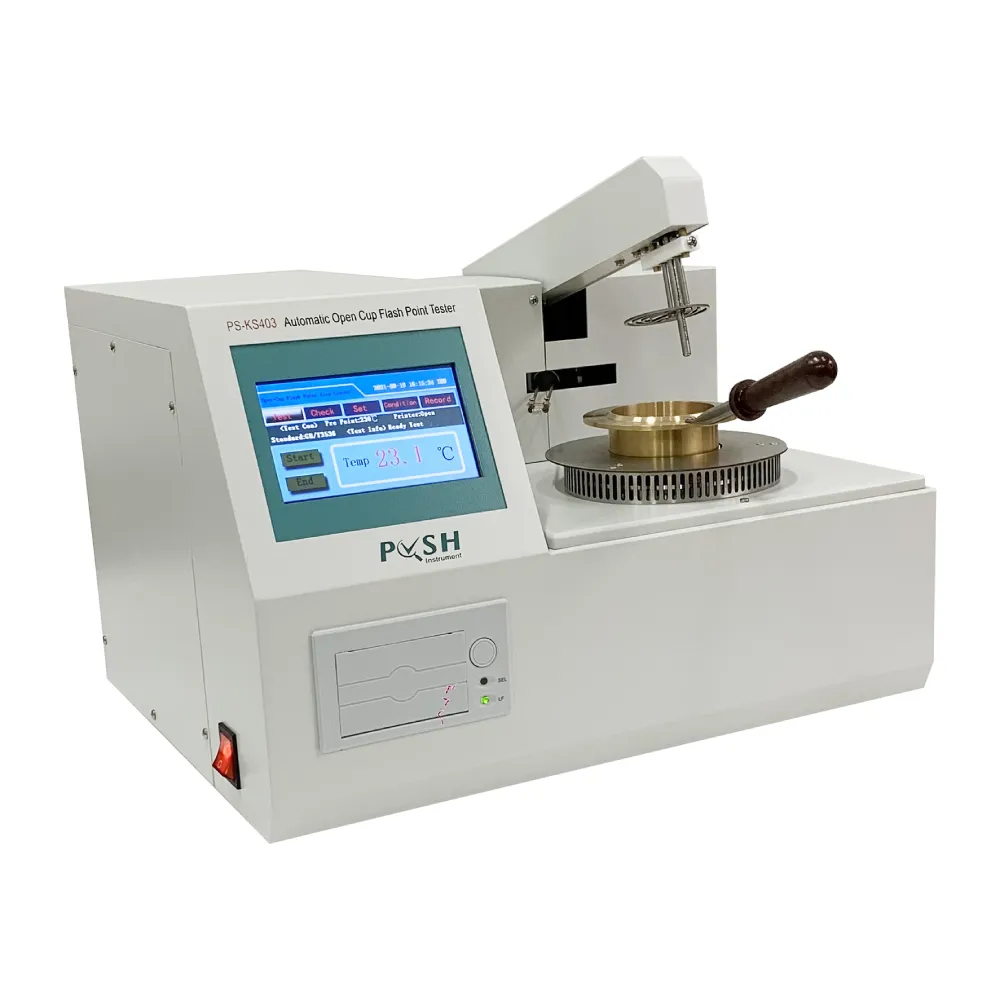 English
English



-
 Afrikaans
Afrikaans -
 Albanian
Albanian -
 Amharic
Amharic -
 Arabic
Arabic -
 Armenian
Armenian -
 Azerbaijani
Azerbaijani -
 Basque
Basque -
 Belarusian
Belarusian -
 Bengali
Bengali -
 Bosnian
Bosnian -
 Bulgarian
Bulgarian -
 Catalan
Catalan -
 Cebuano
Cebuano -
 China
China -
 China (Taiwan)
China (Taiwan) -
 Corsican
Corsican -
 Croatian
Croatian -
 Czech
Czech -
 Danish
Danish -
 Dutch
Dutch -
 English
English -
 Esperanto
Esperanto -
 Estonian
Estonian -
 Finnish
Finnish -
 French
French -
 Frisian
Frisian -
 Galician
Galician -
 Georgian
Georgian -
 German
German -
 Greek
Greek -
 Gujarati
Gujarati -
 Haitian Creole
Haitian Creole -
 hausa
hausa -
 hawaiian
hawaiian -
 Hebrew
Hebrew -
 Hindi
Hindi -
 Miao
Miao -
 Hungarian
Hungarian -
 Icelandic
Icelandic -
 igbo
igbo -
 Indonesian
Indonesian -
 irish
irish -
 Italian
Italian -
 Japanese
Japanese -
 Javanese
Javanese -
 Kannada
Kannada -
 kazakh
kazakh -
 Khmer
Khmer -
 Rwandese
Rwandese -
 Korean
Korean -
 Kurdish
Kurdish -
 Kyrgyz
Kyrgyz -
 Lao
Lao -
 Latin
Latin -
 Latvian
Latvian -
 Lithuanian
Lithuanian -
 Luxembourgish
Luxembourgish -
 Macedonian
Macedonian -
 Malgashi
Malgashi -
 Malay
Malay -
 Malayalam
Malayalam -
 Maltese
Maltese -
 Maori
Maori -
 Marathi
Marathi -
 Mongolian
Mongolian -
 Myanmar
Myanmar -
 Nepali
Nepali -
 Norwegian
Norwegian -
 Norwegian
Norwegian -
 Occitan
Occitan -
 Pashto
Pashto -
 Persian
Persian -
 Polish
Polish -
 Portuguese
Portuguese -
 Punjabi
Punjabi -
 Romanian
Romanian -
 Russian
Russian -
 Samoan
Samoan -
 Scottish Gaelic
Scottish Gaelic -
 Serbian
Serbian -
 Sesotho
Sesotho -
 Shona
Shona -
 Sindhi
Sindhi -
 Sinhala
Sinhala -
 Slovak
Slovak -
 Slovenian
Slovenian -
 Somali
Somali -
 Spanish
Spanish -
 Sundanese
Sundanese -
 Swahili
Swahili -
 Swedish
Swedish -
 Tagalog
Tagalog -
 Tajik
Tajik -
 Tamil
Tamil -
 Tatar
Tatar -
 Telugu
Telugu -
 Thai
Thai -
 Turkish
Turkish -
 Turkmen
Turkmen -
 Ukrainian
Ukrainian -
 Urdu
Urdu -
 Uighur
Uighur -
 Uzbek
Uzbek -
 Vietnamese
Vietnamese -
 Welsh
Welsh -
 Bantu
Bantu -
 Yiddish
Yiddish -
 Yoruba
Yoruba -
 Zulu
Zulu
potentiometric titration method
Potentiometric Titration Method An Overview
Potentiometric titration is a powerful analytical technique utilized to determine the concentration of an unknown acid or base through the precise measurement of electrode potentials during a titration process. This method offers several advantages over traditional techniques, including higher accuracy, the ability to detect endpoints more reliably, and the capacity to analyze complex mixtures.
At its core, potentiometric titration involves the gradual addition of a titrant to a solution containing the analyte while simultaneously measuring the potential difference (voltage) between two electrodes—typically a reference electrode and an indicator electrode. The reference electrode maintains a constant potential, while changes in the indicator electrode's potential provide insight into the chemical environment as the titration progresses.
Potentiometric Titration Method An Overview
The procedure begins with the preparation of the sample solution and the titrant. The sample is placed in a titration vessel, and a suitable electrode configuration is established. Commonly used electrodes include glass electrodes for measuring pH and ion-selective electrodes for specific ions. Once the titrant is added incrementally, the potential is recorded after each addition. This data is then processed to create a titration curve.
potentiometric titration method

One of the most crucial aspects of potentiometric titration is the selection of the appropriate titrant. For acid-base titrations, common titrants include strong acids like hydrochloric acid (HCl) or strong bases like sodium hydroxide (NaOH). In cases of complexometric or redox titrations, agents like EDTA or potassium permanganate are often employed. The choice of titrant can significantly influence the accuracy and reliability of the results.
Potentiometric titration is especially advantageous when dealing with colored or turbid solutions, where visual indicators would be impractical. Furthermore, it can be applied to various chemical systems, including pharmaceuticals, environmental samples, and industrial processes. Its versatility allows for the analysis of multiple ions in a single run, often referred to as simultaneous potentiometric titration.
However, potentiometric titration is not without its challenges. The precision of the results can be affected by factors such as temperature fluctuations, electrode drift, and contamination of the sample. To mitigate these issues, it is essential to maintain a controlled environment, calibrate electrodes regularly, and use high-purity reagents.
In conclusion, potentiometric titration is a valuable method in analytical chemistry that provides accurate and reliable results for the quantification of various compounds. Its ability to detect endpoints precisely and its application in complex mixtures make it an indispensable tool in research and industry. As technology advances, the integration of automated systems and advanced data processing techniques will likely enhance the efficiency and accuracy of potentiometric titration, solidifying its role as a fundamental technique in modern analytical laboratories.
-
Using Distillation Range Testers in the Food and Beverage IndustryNewsApr.16,2025
-
The Impact of IoT on Distillation Range Tester PerformanceNewsApr.16,2025
-
The Best Distillation Range Testers for Extreme ConditionsNewsApr.16,2025
-
How Distillation Range Testers Save Time and MoneyNewsApr.16,2025
-
Distillation Devices for Advanced Separation TechniquesNewsApr.16,2025
-
Common Mistakes to Avoid When Using a Distillation Range TesterNewsApr.16,2025



